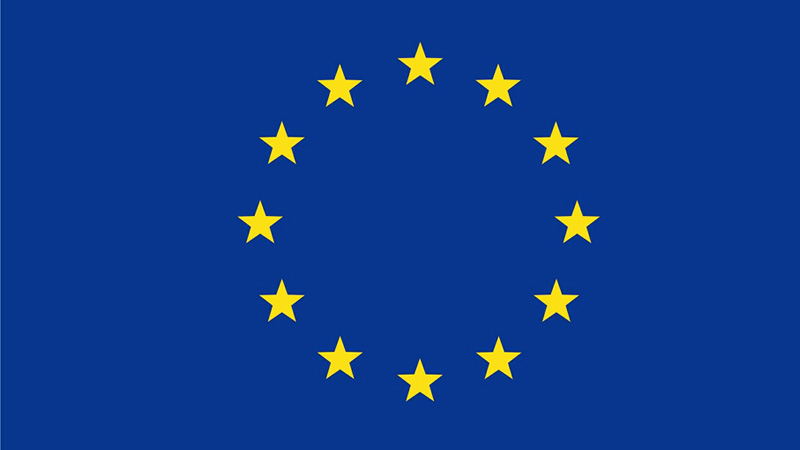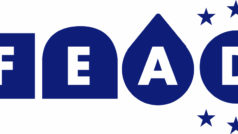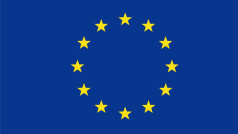The Commission is proposing a Regulation which will significantly ease the access of organic and waste-based fertilisers to the EU single market, bringing them on a level playing field with traditional, non-organic fertilisers. This will create new market opportunities for innovative companies while at the same time reducing waste, energy consumption and environmental damage.
Commission Vice-President Jyrki Katainen, responsible for Jobs, Growth, Investment and Competitiveness, said: “Very few of the abundant bio-waste resources are transformed into valuable fertilising products. Our farmers are using fertilisers manufactured from imported resources or from energy-intensive processes although our industry could valorise these bio-wastes in recycled nutrients. This Regulation will help us turn problems into opportunities for farmers and businesses.”
The Regulation sets out common rules on converting bio-waste into raw materials that can be used to manufacture fertilising products. It defines safety, quality and labelling requirements that all fertilising products need to comply with to be traded freely across the EU. Producers will have to demonstrate that their products meet those requirements, as well as limits for organic contaminants, microbial contaminants and physical impurities before affixing the CE-mark that will allow them to trade freely across the EU.
The new rules will apply to all types of fertilisers to guarantee the highest levels of soil protection. The Regulation introduces strict limits for cadmium in phosphate fertilisers. The limits will be tightened from 60 mg/kg to 40 mg/kg after 3 years, and to 20 mg/kg after 12 years, reducing the risks for health and environment.
As some fertilising products are not produced or traded cross-border in large quantities, the Commission is proposing optional harmonisation: depending on their business strategy and type of product, manufacturers can either choose to CE mark their product, making it freely tradable in the single market according to common European rules, or have it traded according to national standards based on mutual recognition in the single market. This ensures the taking into account of the principles of better regulation and subsidiarity.
The draft Regulation will now be sent to the European Parliament and Council for adoption. Once adopted, it will be directly applicable, without the need for transposition into national law, after a transitional period allowing companies and public authorities to prepare for the new rules.










